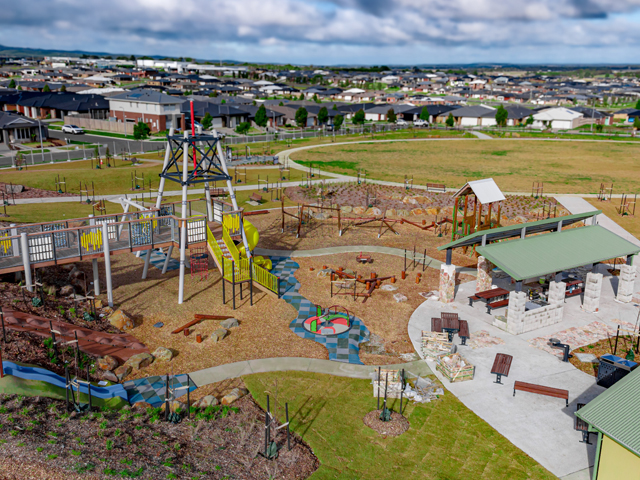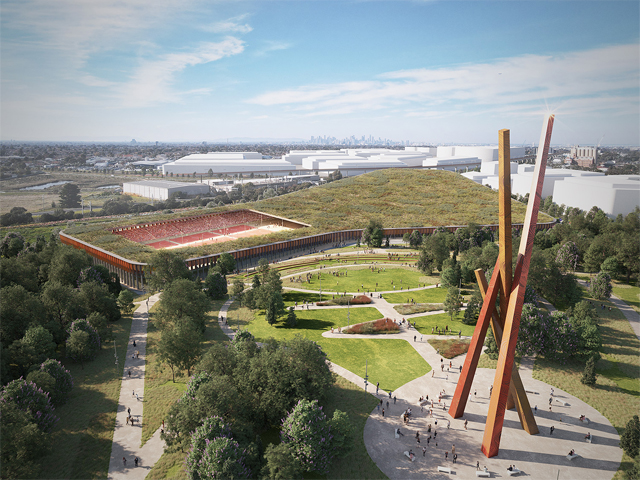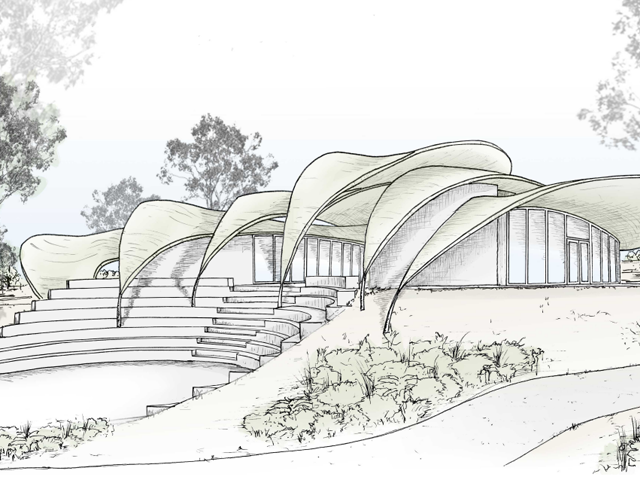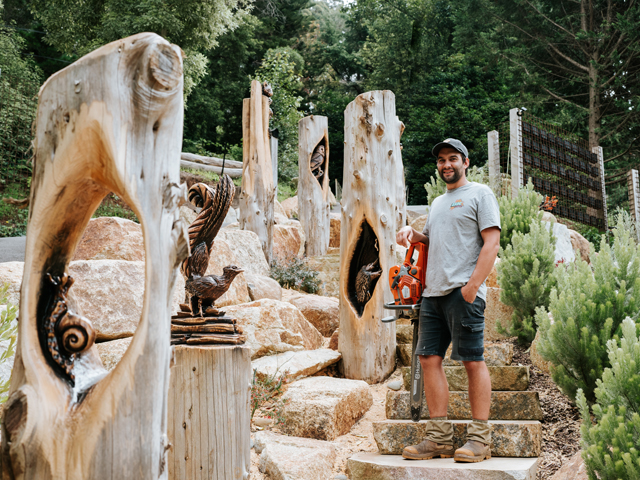THE FLOATING CITY OF OCEANIX
11 Apr 2019
A vision has been proposed by BIG and UN-Habitat for the world’s first sustainable floating community. Hosting a population of 10,000, Oceanix City is a response to the rising water levels that occur with climate change by offering a modular, sustainable city that produces its own food, energy and water and can withstand natural disasters.

The city is a response to Un-Habitat’s New Urban Agenda and the prediction that 90% of the world’s cities will be prey to rising sea levels by 2050, resulting in the destruction of homes and infrastructure. The project will act on the UN Sustainable Development Goals, by circulating food, energy, water and waste to create a modular maritime metropolis.
The scheme was revealed at a roundtable event hosted by UN-Habitat in New York. BIG leads the project in collaboration with MIT’s ocean engineering centre, the Explorers Club and OCEANIX, a not-for-profit organisation that is investing in the future of floating cities. 
“Nine out of 10 of the world’s largest cities will be exposed to rising seas by 2050. The sea is our fate – it may also be our future,” said Bjarke Ingels, founding partner of BIG. “The additive architecture can grow, transform and adapt organically over time, evolving from a neighbourhood of 300 residents to a city of 10,000 — with the possibility of scaling indefinitely to provide thriving nautical communities for people who care about each other and our planet.” 
The city will be designed as a series of hexagonal platforms that are anchored to the seafloor. The city is designed to adapt over time, growing and developing according to population and environmental needs. The city will be scalable, creating ‘villages’, ‘towns’ and ‘neighbourhoods’ that are able to grow into expansive cities over time. the modular, multipurpose neighbourhoods can hold 300 residents and would offer spaces for living, working and socialising.
Structures will be kept under seven storeys in order to create low centre of gravity and resist wind while the shape is designed like a fan, creating shading for public spaces. 
Each neighbourhood will see a core focus on communal farming, as residents are encouraged to sharing and zero waste. Biorock reefs – a limestone coating formed by underwater minerals being exposed to an electric current – will reinforce the floating platforms. This material is self-repairing and becomes stronger over time, enabling it to withstand harsh weather, and is three times harder than concrete will still being able to float.
The proposed scheme will feature six ‘villages’ that are located around a central ‘harbour’ that offers social, recreational and commercial spaces that encourage residents to gather, move and interact. The villages will create a city of 10,000 residents that will thrive on community. The scheme will be including floating public squares, a market and precincts for education, spirituality, health, sport and culture. 
Each village will utilise locally-sourced materials for building, which includes a fast-growing bamboo that offers six times the strength of steel in addition to a negative carbon footprint and can be grown within the neighbourhoods. The scheme will be environmentally sustainable, as cars and trucks will be predominantly banned, and inflatable trash tubes will move trash to a sorting stations to be recycled.
The scheme also considers using driverless vehicles, drone deliveries and ocean farming. Seaweed, oyster, mussel, scallop and clam farming would keep the water clean and increase ecosystem regeneration, while aquaponic systems will utilise fish waste to fertilise the plants. 
The cities will be constructed on land and towed to the site that sits offshore from major coastal cities, which will reduce building costs and will create a very affordable form of housing, due to the low leasing cost. In the event of natural disasters, the city can be moved to additional locations, and all structures will be designed to stand up to floods, tsunamis and hurricanes.
“It is not a question of one versus the other, the technology exists for us to live on water, without killing marine ecosystems,” said Marc Collin Chen, Co-founder and CEO of OCEANIX. “It is our goal to make sure sustainable floating cities are affordable and available to all coastal areas in need. they should not become a privilege of the rich.” 
Images © Bjarke Ingels Group

MORE NEWS

STRIKING GOLD IN BALLARAT

HARNESSING THE POWER OF DESIGN TO TRANSFORM CITIES

MELBOURNE'S NEW PARK ON A FORMER LANDFILL SITE

JARRAHDALE TRAIL CENTRE TAKES DESIGN CUES FROM NATIVE FLORA

MASTERPLAN FOR INCLUSIVE, CLIMATE-RESILIENT COMMUNITY PARK IN LISMORE

